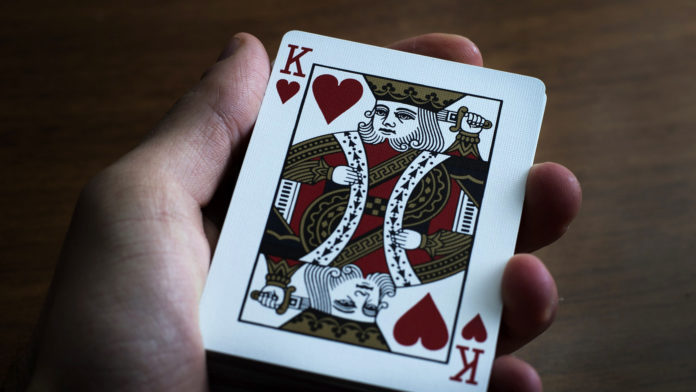Seeing shouldn’t always be believing. Our eyes trick us all the time.
It may not seem like science, but magic and illusions look at many of the same areas as neuroscience and psychology. Magic manipulates our senses and exploits loopholes in our cognition and perception. It looks at ways to control our focus and attention. Often, even once the secret is revealed, our senses remain fooled. Learning how to trick the brain gives clues about how the mind works.
Everything we experience in the world can in a sense be thought of as virtual: our senses bring in information that the brain interprets. It often fills in gaps to make our experiences make sense. Sometimes that means that we see things that aren’t really there, or miss seeing important information that is there.
These gaps between perception and reality are what allow illusionists to misdirect us.
Ron Rensink, professor of psychology and computer science at the University of British Columbia, creates illusions to study visual systems in exactly this context. In a spectacular example of how our eyes can easily be deceived in everyday situations, Rensink studies a phenomenon called change blindness, where people fail to notice major visual changes in their environments.
You can download Rensink’s videos here and try the experiment for yourself by setting the videos to loop and hitting play. In essence, you can think of this as a photo hunt: there are two images that are nearly identical, with the exception of one major visual change. The catch is that the images are separated by a short pause where a grey screen is briefly shown.
These “flicker diagrams” can cycle for several minutes until viewers spot the difference. Until attention is paid to the right area of the image, the change is invisible. However, once the change is known, it is incredibly obvious. This demonstrates that a detailed representation of what is seen is not being stored in memory, and so knowledge of the scene is easily erased during the pause.
Despite having more advanced methods for looking at brain activity, like fMRI, there is an intangible human element to magic that fills illusions with wonder. Psychology and human interaction remain large factors in the experience. While magic has a lot to teach science, it may take time for science to advance to the point where it helps magicians perfect their craft.











































